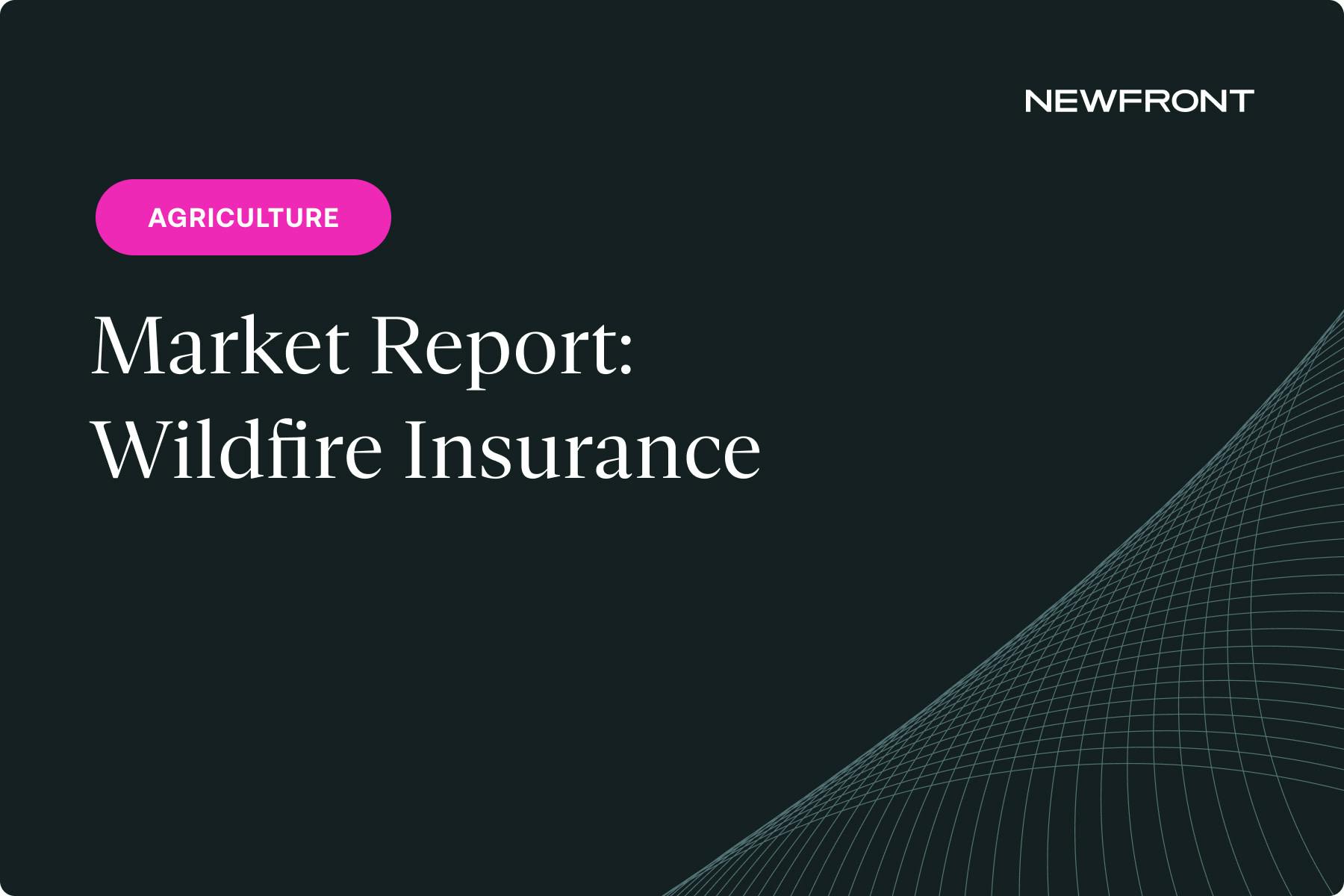Private Equity Insurance and Employee Benefits Group Purchasing Programs: The Next Frontier of Value Creation
By Josh Warren | Published June 10, 2021

“Conversely, we believe the next frontier of value creation is to design and manage PE portfolios as a business ecosystem. In this approach, which is largely unexploited, a PE firm orchestrates a network of relationships between some of its portfolio companies, linking previously unrelated goods and services across industries, and helping the companies unlock new value in each other. As a basic example, two businesses could coordinate the procurement of common services (such as employee health insurance) to reduce costs. The incremental value derived from leveraging the portfolio this way complements vertical value very well — the horizontal links between companies give PE firms more, and novel, options for increasing their portfolio’s worth.”
Private Equity’s Midlife Crisis, Harvard Business Review, June 9, 2021
My 2019 blog entry on portfolio programs triggered great discussions with private equity professionals. The blog was part of a series that I wrote recalling decisions that my private equity clients made in the months following the start of the 2008 recession. The Great Recession was the type of industry agnostic event that made private equity professionals ask, “Which broker do our companies buy from again? Our lawyers asked to review our _____ policies.”
Private equity professionals often found the answer to that question challenging. Broker appointment decisions were assessed deal-to-deal, or management might have made a change along the way. In 2008 / 2009, I had many thoughtful discussions around ways to aggregate their insurance purchase and simplify the administration.
The discussions in 2020 were almost identical after it was clear that COVID-19 was here to stay. I have exclusively served private equity firms for the last 17 years and have witnessed some considerable changes in the products and services that are provided. Lately, I have spent a lot of time thinking about “what’s next.”
When I weigh the factors, I conclude that every private equity firm will have a group purchasing program in the next 3-5 years. It’s inevitable. In fact, there has never been a better time than now to leverage your combined purchasing power. I know, I know. You have thought about this before and it didn’t make sense. A lot has changed since the last time that you considered this. Here are a few things to consider:
Forget Your Past Experience
Up until around two years ago, most portfolio program feasibility studies ended with the same verdict from my private equity clients: it’s just not worth it.
Why was that? The private equity firm wanted to do it. As the broker, believe me, I wanted to do it.
So, why did it go wrong?
Most of the time it was because the insurance companies couldn’t get out of their own way. You see, a private equity firm might focus on healthcare related investments, so that can mean a hospice facility, an invasive medical product manufacturer, and the technology that checks patients in at the hospital. All healthcare related investments. However, that’s three different underwriting units at an insurance company.
To get this done across a portfolio of companies, someone at the insurance company needs to have a deep understanding of private equity and the authority to get those different underwriting units to collaborate. To get one unit to give where they might not want to for the benefit of the other two.
Insurance companies now employ that person. In fact, the biggest ones have teams of professionals to focus on the private equity sector. Many of them are “home office” level professionals that have the authority to make things happen. They are treating portfolio companies differently, from the initial letter of intent to the final liquidity event. They have big goals and they are fighting hard to achieve them.
Believe me, the insurance companies will no longer be the problem. They want the business too bad.
Why Now?
Aside from insurance companies’ willingness to bend over backwards for you, simply put, the insurance world is in turmoil. Rates are increasing on most lines of insurance, coverage terms are restricted, and it’s harder than ever to create market competition.
Your portfolio companies need every advantage available to get the best terms, conditions, and pricing. Frankly, they need your help, and using your combined purchasing power is absolutely worth it.
When you read “portfolio program” you infer that most companies in the private equity portfolio must be part of the effort to receive the intended benefits. That was true ten years ago, but it’s not the case today.
Another name for a modern “portfolio program” is a “buying coalition.” It’s simply leveraging your spend across a common group of carriers and expiration dates. The advantages increase in a manner commensurate with the number of companies involved. However, it doesn’t take the entire portfolio for the effort to be worthwhile.
Aggregated Purchasing Come in Many Forms
I am not an advocate for combining multiple companies on the same policy. This results in one D&O policy for the entire portfolio. It is too hard to unravel at exit, and I believe that there are governance concerns with shared limits. I am a fan of buying from the same insurance company where possible, and letting each company stand with its own policies. Here are some examples of the forms that a buying coalition can take:
Portfolio Program:
Set a strategy for every line of coverage for every portfolio company.
Find one insurance company and have all of them renew on the same day.
Scorched earth. Just reboot the whole thing and start over.
Focus on consolidating one line of coverage: The most logical policies being the Executive Liability suite, E&O, and Cyber.
Choose a common broker: The broker can look for ways to coordinate services, streamline renewals, set portfolio wide standards, and save time / energy integrating add-ons.
Include just the companies that you oversee: Many of the intended benefits can be realized if just two companies are brought together in some manner. If you are the lead partner for 2 or more investments, then you can create a buying coalition that will make a difference.
Strategic Approach:
Start with the first acquisition in a fund, whether that’s fund 1 or fund 10.
Choose an insurer based on your investment thesis, and then use the first deal to establish the platform.
Have each subsequent deal tuck in. In essence, fake it until you make it.
The Difference Between Insurance and Employee Benefits Buying Coalitions
An Employee Benefits buying coalition is about making the lives of the employees at your companies better by improving their benefits offering and lowering their cost (the EE’s pay a portion of the premium, too). Employee Benefits is typically a top three expense at your companies, so flattening the rate increase curve will make a tremendous impact on future EBITDA margins. More on this in subsequent blogs.
A Property & Casualty buying coalition is about paying the minimum amount of premium possible and protecting balance sheets. For most middle market companies, it just cannot have the same impact to EBITDA as an Employee Benefits program. Some of your companies will pay <00,000 / year in P&C premium. Saving them 7-10% isn’t going to excite anyone, but thoughtfully executed and properly structured insurance programs will allow you to take more risk and scale your businesses.
Where Do We Go From Here?
In the coming weeks you will hear from private equity industry veterans, insurance companies, and service providers that can provide perspective on the current opportunities associated with buying coalitions in 2021. I believe that you will have a buying coalition in some form over the next 3-5 years. We at ABD look forward to going on this journey with you.

Josh Warren
Senior Vice President
Josh is a Senior Vice President and M&A Advisory Practice Leader of Newfront Insurance and Financial Services. His responsibilities include operational leadership, client management, program design, and risk analysis for alternative asset managers and Newfront clients facing a merger or acquisition.


